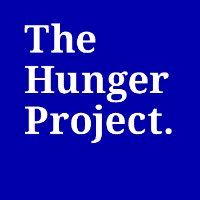FAO’s irrigation and income diversification projects have become instrumental in tackling the negative impacts of El Niño- induced drought for pastoral and agro-pastoral communities in Afar Region. February, 8 2016, Addis Ababa, Ethiopia. Photo: FAO/Tamiru Legesse
The current drought in Ethiopia linked to the El-Niño weather pattern is the worst drought the country has experienced in decades. According to the United States Agency for International Development (USAID), more than 10 million people are in need of food assistance. The extreme weather is driving people from their homes, triggering food shortages, hurting farmers’ and herders’ ability to earn an income, and impacting health and nutrition.
Jaldu Epicenter has experienced food insecurity due to a weak rainy season, and The Hunger Project-Ethiopia is working to address the shortage of food with revolving fund availability and the microfinance fund.
The Hunger Project has been actively working to empower communities in Ethiopia since 2004, and is working with partners in six epicenter areas covering a total of 22 villages and almost 100,000 people.
All of our epicenters in Ethiopia have food banks with an average capacity of 88 kilograms. At the beginning of last year, The Hunger Project-Ethiopia initiated the Moringa Campaign with financial support from the National Post Code Lottery. The project aims to contribute to the improvement of nutritional status of poor rural community members living around the epicenters and to increase the partnership with the government with regard to nutrition and food security policies.
The Hunger Project-Ethiopia consistently works to ensure that our partners are empowered to address issues related to food security and famine, especially in times of emergency.
Learn more about our work in Ethiopia
